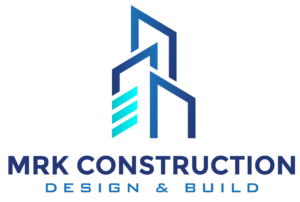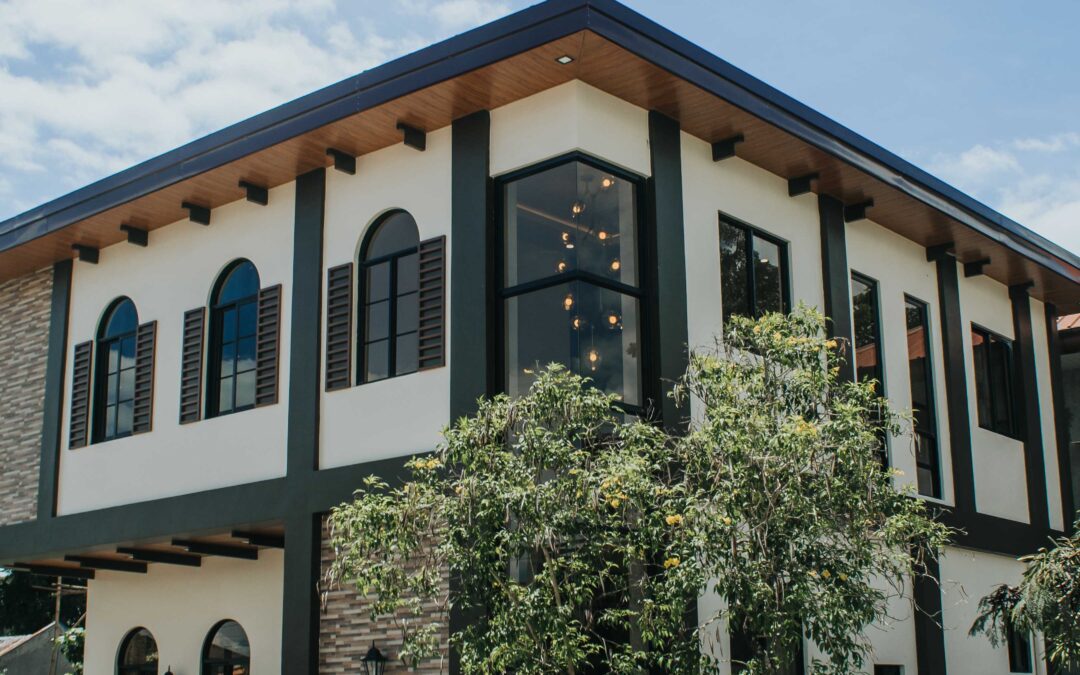The Evolution of Residential Construction: Trends and Innovations
Residential construction has seen significant changes over the years, driven by advancements in technology, sustainability practices, and evolving homeowner preferences. As we move further into the 21st century, it’s fascinating to observe how these trends are shaping the way we build our homes.
1. Sustainable Building Practices
One of the most prominent trends in residential construction is the emphasis on sustainability. Homeowners are increasingly seeking eco-friendly options that reduce their carbon footprint and enhance energy efficiency. Builders are responding by incorporating sustainable materials like reclaimed wood, recycled metal, and low-VOC (volatile organic compounds) paints. Additionally, energy-efficient appliances, solar panels, and green roofing systems are becoming standard in new homes.
2. Smart Home Technology
The integration of smart technology in residential construction has revolutionized the way we live. From smart thermostats and lighting systems to security cameras and automated home assistants, these technologies provide convenience, enhance security, and improve energy management. Home builders are now designing houses with built-in smart home infrastructure, making it easier for homeowners to adopt and integrate new technologies seamlessly.
3. Open Floor Plans
Open floor plans continue to be a popular choice among homeowners. By eliminating unnecessary walls and barriers, these designs create a sense of spaciousness and facilitate better flow between different areas of the home. Open floor plans are particularly favored in communal spaces like the kitchen, dining, and living rooms, where they encourage interaction and connectivity.
4. Multi-Functional Spaces
As the way we use our homes evolves, there is a growing demand for multi-functional spaces. Homeowners are looking for versatile areas that can serve multiple purposes, such as home offices that can double as guest bedrooms or basements that can transform into entertainment zones. This flexibility allows for better utilization of space and adapts to changing needs over time.
5. High-Quality, Customizable Designs
Today’s homeowners are not just looking for a place to live; they want a home that reflects their personal style and meets their specific needs. Customizable design options are becoming increasingly popular, allowing buyers to tailor everything from floor plans to finishes. High-quality craftsmanship and attention to detail are also top priorities, as homeowners seek long-lasting value in their investments.
6. Emphasis on Outdoor Living
The importance of outdoor living spaces has grown significantly, especially in the wake of recent global events that have highlighted the value of having personal outdoor areas. Features like patios, decks, outdoor kitchens, and landscaped gardens are highly sought after, providing additional space for relaxation and entertainment.
Conclusion
The residential construction industry is constantly evolving, driven by technological advancements, sustainability concerns, and changing lifestyle preferences. By staying abreast of these trends and innovations, builders can create homes that not only meet the demands of modern homeowners but also contribute to a more sustainable and connected future.
Whether you’re planning to build a new home or renovate your existing one, understanding these trends can help you make informed decisions that enhance your living experience and increase the value of your property.

